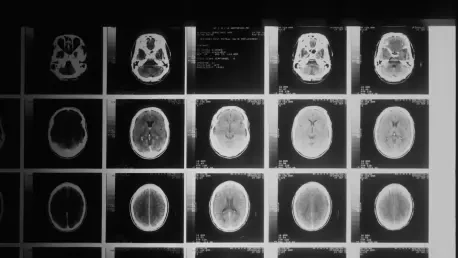A puzzling medical phenomenon has surfaced at Newton-Wellesley Hospital in Massachusetts, drawing attention to an unusual occurrence among its staff. Over the last few years, several staff members have been diagnosed with benign brain tumors, raising concerns about potential environmental causes within the hospital. The medical community and regulatory bodies are now thoroughly investigating to determine if there’s a link between the work environment and these health issues.
Understanding the critical role of hospital staff in healthcare services underscores the significance of this health crisis. Hospital employees are often exposed to unique occupational hazards, making their safety and well-being paramount. Historical instances have shown that workplace conditions can lead to severe health crises, necessitating stringent health and safety measures. The situation at Newton-Wellesley is reminiscent of past occurrences where a specific work environment led to widespread health concerns among employees.
The initial discovery of the brain tumors among hospital staff initiated an investigation by Newton-Wellesley Hospital. The Occupational Safety and Health Administration (OSHA) and the Massachusetts Department of Health (DPH) promptly conducted inspections, particularly focusing on the labor and delivery unit located on the fifth floor. Mass General Brigham, the parent organization of Newton-Wellesley, also began its internal investigations, engaging external environmental consultants to ensure a thorough examination of potential hazards.
In an effort to uncover the cause, state and federal agencies joined the investigation. The DPH’s Division of Radiation Control Program was tasked with radiation measurements and gathering additional data. These governmental inspections aim to identify any environmental factors that might be contributing to the health crisis. Comparisons are being drawn with similar cases in different workplaces to assess common factors and outcomes.
Hospital administration has actively communicated with staff members and stakeholders throughout the investigation process. Mass General Brigham has released statements assuring that extensive internal and external investigations have been conducted without identifying any environmental risks within the hospital. Nonetheless, the ongoing scrutiny by state and federal agencies highlights the need for further evaluation, emphasizing due diligence in ruling out potential hazards.
The voices of authority in the healthcare and occupational safety fields have been crucial in this investigation. Hospital officials and Mass General Brigham administration have provided continual updates. Affected staff members have shared their concerns and experiences in forums set up to facilitate open dialogue. Independent health experts and researchers offer analyses on environmental risk factors, contributing to a broader understanding of the issue at hand.
Moving forward, Newton-Wellesley Hospital has implemented several proactive measures and health strategies to support its staff. The hospital has established forums and communication channels to ensure transparency and to address any questions or concerns from employees. Moreover, staff members are encouraged to monitor their health and advocate for workplace safety. Other hospitals are advised to adopt similar protocols to prevent such occurrences and safeguard the health of their employees.
In conclusion, the findings so far indicate no direct environmental cause for the brain tumors among hospital staff, but the investigations are far from over. Newton-Wellesley Hospital and its parent organization, along with state and federal agencies, have maintained a rigorous approach to uncovering the root cause. This incident has highlighted the importance of occupational health and safety in medical settings and the need for continued vigilance and robust safety protocols to protect those on the frontlines of healthcare. Moving forward, the priority remains ensuring a safe working environment for all hospital staff, driven by comprehensive investigations and transparent communication.









